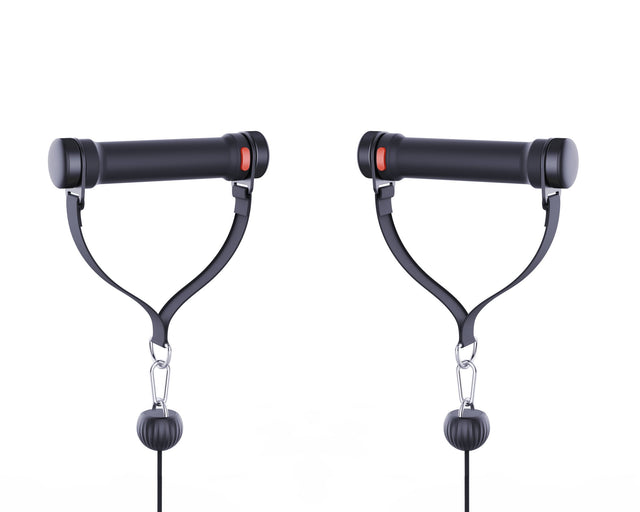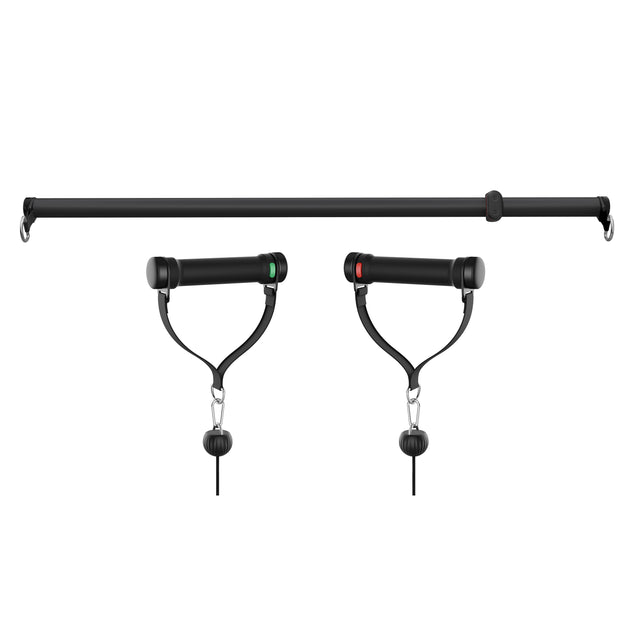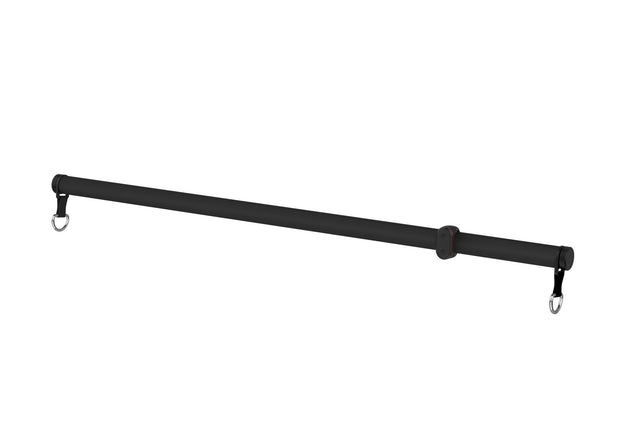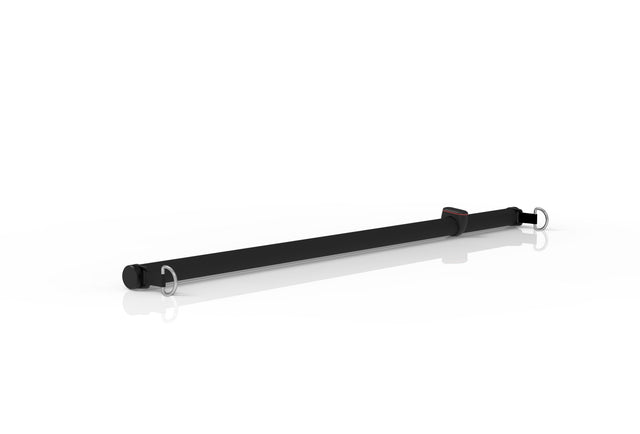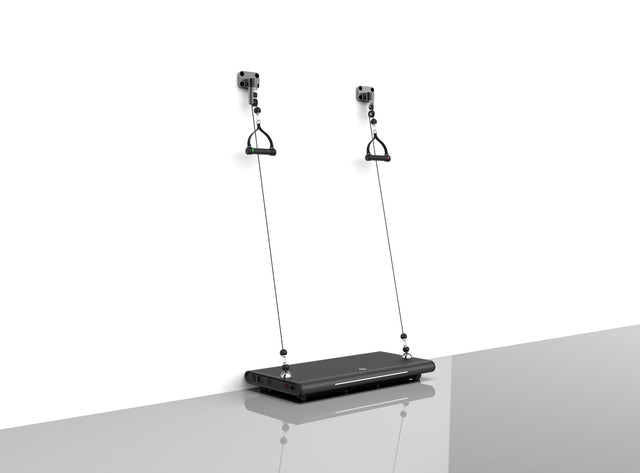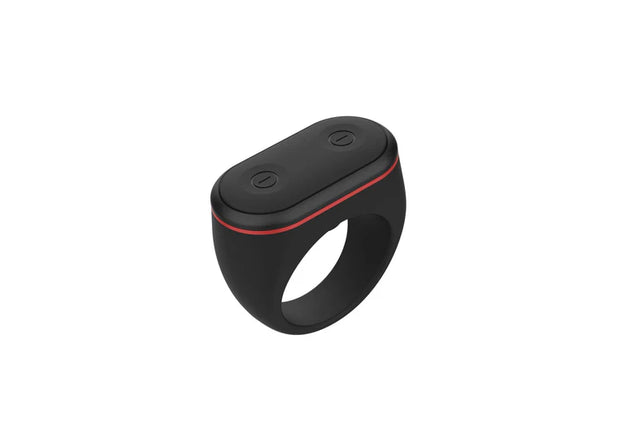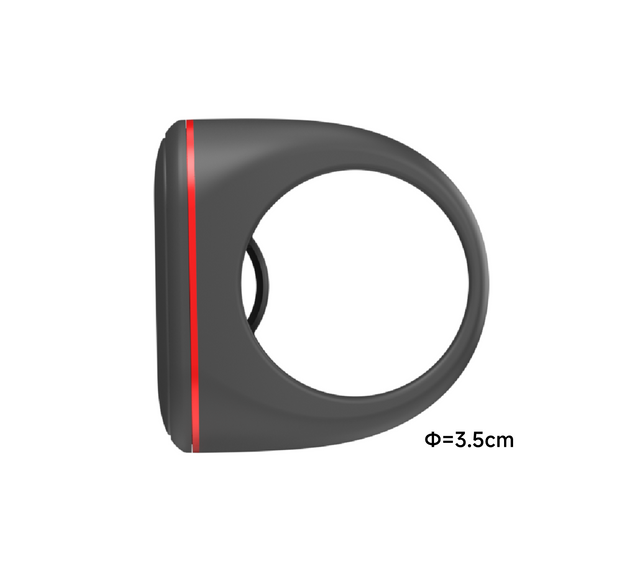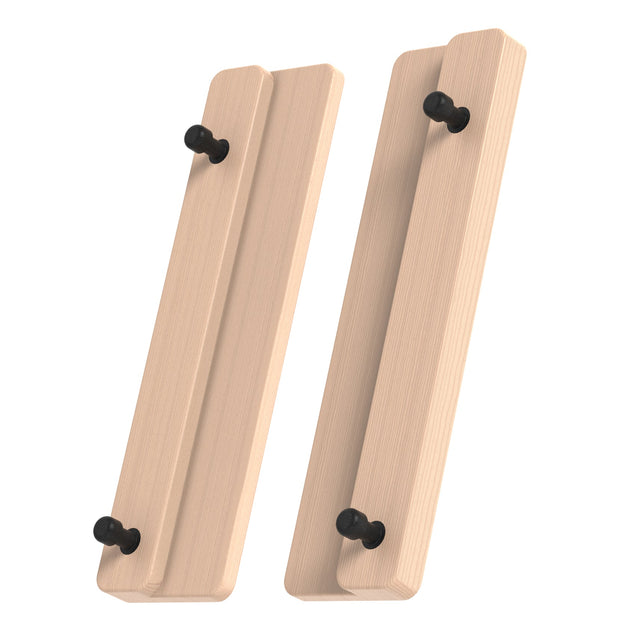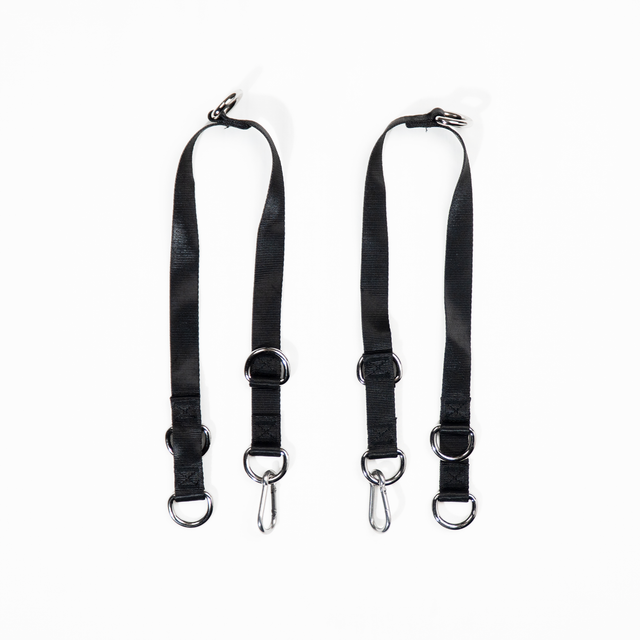When setting up a home gym, one crucial aspect to consider is the flooring. The right flooring not only enhances the aesthetics of your workout space but also plays a significant role in safety, comfort, and performance. In this guide, we'll explore the different types of flooring options suitable for a home gym, including their benefits and considerations.

-
Rubber Flooring: Rubber flooring is a popular choice for home gyms due to its durability, shock-absorption properties, and ease of maintenance. It provides a cushioned surface that reduces impact on joints and equipment, making it ideal for high-intensity workouts and heavy lifting. Additionally, rubber flooring is resistant to moisture, which helps prevent slips and falls during sweaty workouts.
-
Vinyl Flooring: Vinyl flooring is another versatile option for home gyms. It comes in various styles, including interlocking tiles and roll-out sheets, offering easy installation and customization. Vinyl flooring is water-resistant, durable, and provides a smooth surface for workouts like yoga and Pilates. Some vinyl flooring options also feature cushioned backing for added comfort and noise reduction.
-
Foam Flooring: Foam flooring, often made of EVA foam, is known for its softness and shock-absorbing properties. It's suitable for home gyms where light to moderate workouts are performed, such as yoga, stretching, and bodyweight exercises. Foam tiles are lightweight, easy to install, and come in different thicknesses to accommodate varying levels of impact.
-
Cork Flooring: Cork flooring is a sustainable and eco-friendly option for home gyms. It provides a natural, warm surface that is gentle on joints and provides excellent traction. Cork is also resistant to mold and mildew, making it suitable for humid environments. However, it may not be as durable as rubber or vinyl flooring and may require regular maintenance to prevent damage.
-
Concrete Flooring with Mats: For those on a budget, concrete flooring with gym mats can be a cost-effective solution. Gym mats, typically made of rubber or foam, can be placed directly on the concrete floor to provide cushioning and protection. While concrete is sturdy and durable, it can be hard on joints and may require additional shock absorption for intense workouts.
When choosing flooring for your home gym, consider factors such as the type of exercises you'll be doing, the level of impact, budget, maintenance requirements, and aesthetic preferences. By selecting the right flooring, you can create a safe, comfortable, and functional workout space that enhances your fitness journey.




